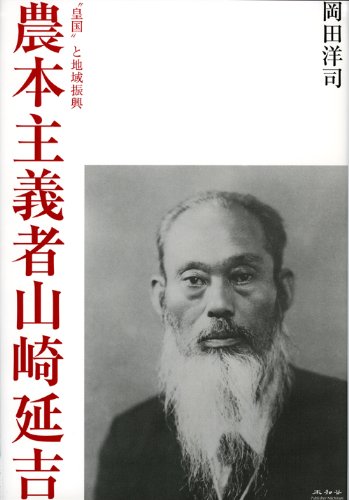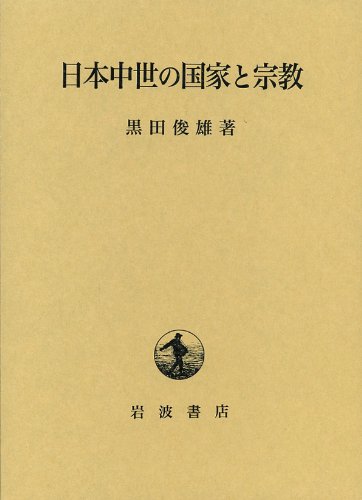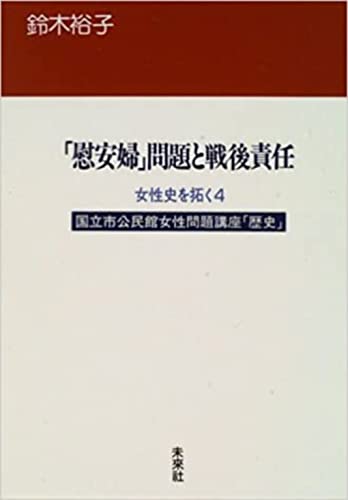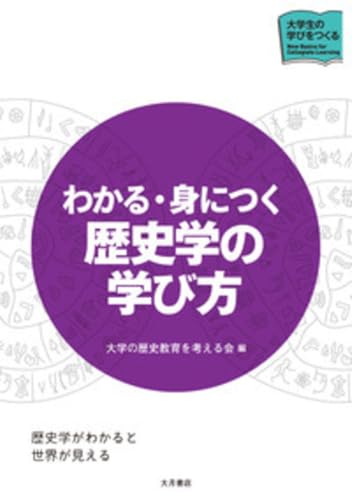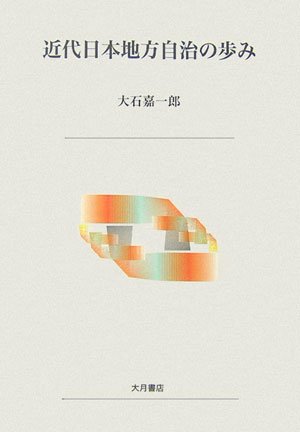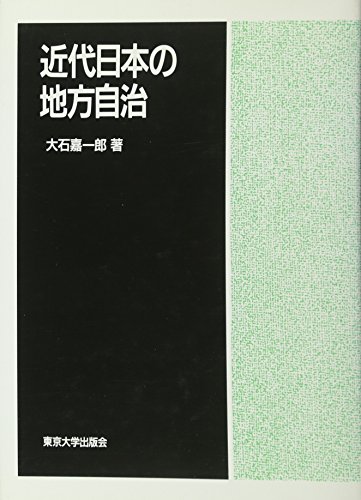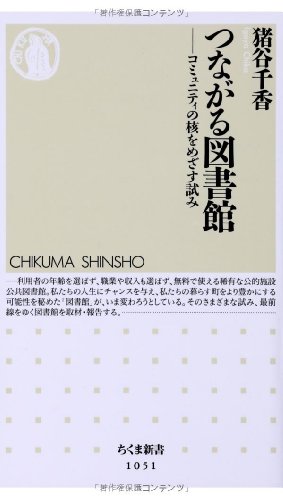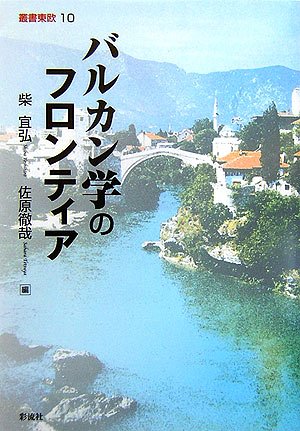1 0 0 0 秋田県社会運動の百年 : その人と年表
- 著者
- 井上 直人
- 出版者
- 日本情報地質学会
- 雑誌
- 情報地質 (ISSN:0388502X)
- 巻号頁・発行日
- vol.13, no.4, 2002-12-25
1 0 0 0 日本中世の社会と国家
1 0 0 0 世界史の認識と民衆 : 大学における歴史教育を原点として
1 0 0 0 向う岸からの世界史 : 一つの四八年革命史論
1 0 0 0 IR 千葉忠夫著『世界一幸福な国デンマークの暮らし方』(PHP新書)
- 著者
- 賀戸 一郎 カド イチロウ Ichiro KADO
- 出版者
- 西南学院大学学術研究所
- 雑誌
- 人間科学論集 (ISSN:18803830)
- 巻号頁・発行日
- vol.5, no.2, pp.161-183, 2010-02
1 0 0 0 農本主義者山崎延吉 : "皇国"と地域振興
1 0 0 0 日本中世の国家と宗教
1 0 0 0 「慰安婦」問題と戦後責任
1 0 0 0 AV出演を強要された彼女たち
1 0 0 0 「AV女優」の社会学 : なぜ彼女たちは饒舌に自らを語るのか
1 0 0 0 わかる・身につく歴史学の学び方
- 著者
- 大学の歴史教育を考える会編
- 出版者
- 大月書店
- 巻号頁・発行日
- 2016
1 0 0 0 近代日本地方自治の歩み
1 0 0 0 OA 松本高等学校落成記念写真帖
1 0 0 0 つながる図書館 : コミュニティの核をめざす試み
1 0 0 0 バルカン学のフロンティア
1 0 0 0 OA 植民統治下のブィリピンにおけるマニラ麻産業
- 著者
- 早瀬 晋三
- 出版者
- 東南アジア学会/山川出版社
- 雑誌
- 東南アジア -歴史と文化- (ISSN:03869040)
- 巻号頁・発行日
- vol.1986, no.15, pp.63-89, 1986-05-20 (Released:2010-02-25)
Abaca (Manila Hemp) became the most important cordage fiber in the mid-nineteenth century. The United States and the United Kingdom together took 70 to 90 percent of the total exports raw abaca, comprising 20 to 30 percent or more of the total value of exports from the Philippines until 1880. The Philippines came to enjoy a natural monopoly of abaca production. In the nineteenth century the Bikol region of southern Luzon was the main abaca producing center. However, the Bikol abaca planters did not succeed in becoming efficient enough to meet the demand of the modern world economy. The abaca producers in the Bikol region were, on the whole, too small-scale and too poor to become politically powerful, and gradually declined.Shortly after the United States assumed control of the Philippines in 1898, Americans became involved in the abaca industry and chose the Davao Gulf region of southeastern Mindanao as a prime producing center because of its ideal geographical and climatic conditions. However, American and European investment in the enterprise peaked in 1910 and then declined as a result of chronic shortage of labor and capital. On the other hand, the Japanese abaca planters in Davao were to prove the most efficient growers, succeeding where Europeans had failed. They were able to enjoy the benefits of favorable colonial legislation designed to protect the interests of the American cordage industry which was concerned to ensure a steady supply of cheap, high quality hemp from the Philippines.The abaca industry brought a measure of prosperity to Filipino abaca cultivators, strippers, and landowners. However, the abaca industry was controlled by the foreigners as planters, traders, and cordage manufacturers, who left no room for Filipinos to join them. Filipinos were dependent on the foreigners in their own lands. After the abaca industry faltered and virtually collapsed in the years between World War I and World War II in the Bikol region, and after World War II in the Davao Gulf region, the Filipinos were left on a level of poverty from which they have not recovered.
1 0 0 0 IR テレビ・コマーシャルと文化研究
- 著者
- 山田 奨治
- 出版者
- 国際日本文化研究センター
- 雑誌
- 日本研究 (ISSN:09150900)
- 巻号頁・発行日
- vol.35, pp.527-536, 2007-05
この論文では、日文研でのCMの共同研究の成果を踏まえて、テレビ・コマーシャル(CM)による文化研究の過去と現状を通覧する。日本のCM研究は、映像のストックがない、コマーシャルを論じる分野や論者が極めて限定されていたという問題がある。CMによる文化研究という面では、ロラン・バルト流の記号分析を応用した研究が八〇年代初頭からみられた。しかし、研究の本格的な進展は、ビデオ・レコーダが普及した八〇年代後半からだった。その後、CMの評価の国際比較、ジェンダー、CM作品の表現傾向と社会の相関を探る研究などが生まれた。 現代のCM研究者は、CMという言葉から通常私たちが想像するような、一定の映像様式が存立する根本を見直しはじめている。名作中心主義による研究の妥当性、CMに芸術性をみいだそうとする力学の解明、CMを独立した単体ではなくテレビ番組との連続性の中に定位しようとする研究、CMと国民国家の関係を問う研究などが進められている。 しかしながら、CM研究をさらに進めるには、映像資料の入手可能性、保存体制などに大きな限界があり、研究環境の早急な改善が必要である。

